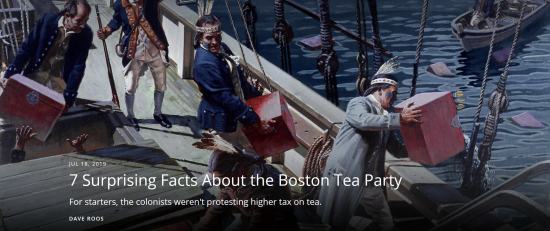We are very pleased to announce that we have reopened our online store after a brief hiatus, and to celebrate that, we are releasing our latest line, the 15mm Manchu (Q'ing) Dynasty Chinese.

Established by ambitious Manchurian (Jurchen) nomads in the Seventeenth Century, this was the last Imperial Chinese dynasty. The great Manchu leader Nurhaci established the Eight Banner military system (largely made up on Manchus, Han Chinese and Mongols), and the Manchus used it to great effect starting in 1618, essentially conquering all of China by about 1644. (Some of you may recognise Nurhaci's name – he was the chap in the vial in the beginning of Indiana Jones and the Temple of Doom!)

The armies fielded by these Manchurian conquerors, more popularly called the Manchu, fielded an effective mix of armored horse warriors (the Manchus themselves), Mongolian nomads who were unparalleled horse archers, and masses of Chinese infantry, the Green Standard troops.

The Green Standard Chinese troops fielded primarily archers armed with a composite bow, with the front ranks interspersed with men with spears or tridents. Accordingly, our infantry pack has ¼ tridents and spears, and ¾ bow.

Often supporting these units were men with huge muskets called jingals, so large they had to be mounted on a stand, and loaded by a separate crewman – virtual light artillery.

Separate bodies of especially bold warriors were called Tiger Men – so called because of their ferocity and, at least initially, because of the tiger faces painted on their shields. (Later they would actually wear tiger costumes.)

Whilst these bow-armed forces might seem anachronistic in an age of musketry, the Seventeenth Century Manchu Chinese were more than able to hold their own against musket-armed enemies, as their contests with the Imperial Russians amply proved. Gamers fielding these men against pike-and-shot armies will find them surprisingly effective, as they pour a hail of composite bow fire into the close ranks of the European foot, whose own weapons fire much more slowly!
Although this range was made to primarily represent the Seventeenth Century heights of power of the Manchu armies, students of the period will know that the Manchu remained quite similar in appearance until the late Nineteenth Century, and many of these models are very usable for hundreds of years of Chinese warfare.
Sculpted by Mike Broadbent, painted by Rafa Archiduque. Available now, as is everything else. Happy gaming!







